Growth in Food Packaging Sector
The food packaging sector is experiencing notable growth, which positively impacts the Can Coating Market. With an increasing emphasis on food safety and preservation, manufacturers are investing in high-quality can coatings that ensure product freshness and extend shelf life. The food can market is expected to grow at a CAGR of around 4% through 2025, reflecting a rising consumer preference for canned food products. This trend is further fueled by the convenience of ready-to-eat meals and the growing demand for processed foods. As a result, the Can Coating Market is likely to see an uptick in demand for specialized coatings that meet stringent food safety regulations while enhancing the visual appeal of food packaging.
Innovations in Coating Technologies
Technological advancements in coating formulations are transforming the Can Coating Market. Innovations such as water-based coatings and eco-friendly materials are gaining traction as manufacturers strive to meet sustainability goals. These advancements not only reduce environmental impact but also enhance the performance of can coatings. For instance, the introduction of high-performance coatings that resist corrosion and improve adhesion is becoming increasingly common. As the industry evolves, companies are likely to invest in research and development to create coatings that offer superior protection and functionality. This focus on innovation is expected to drive growth in the Can Coating Market, as manufacturers seek to differentiate their products in a competitive landscape.
Rising Demand for Beverage Packaging
The increasing consumption of beverages, particularly in the non-alcoholic segment, drives the Can Coating Market. As consumers seek convenient and portable packaging solutions, the demand for aluminum cans continues to rise. In 2025, the beverage can market is projected to reach a value of approximately 30 billion USD, indicating a robust growth trajectory. This surge in demand necessitates advanced can coatings that enhance durability and preserve product integrity. Manufacturers are focusing on developing coatings that not only protect the contents but also provide aesthetic appeal. The Can Coating Market is thus positioned to benefit from this trend, as innovative coatings can significantly improve the performance and shelf life of beverage cans.
Regulatory Compliance and Safety Standards
The Can Coating Market is significantly influenced by stringent health and safety regulations. Governments worldwide are implementing regulations to ensure that food and beverage packaging meets safety standards. Compliance with these regulations often necessitates the use of specialized coatings that are free from harmful substances. As a result, manufacturers are compelled to invest in high-quality can coatings that adhere to these safety standards. The increasing scrutiny on packaging materials is likely to drive demand for coatings that not only comply with regulations but also enhance the safety and quality of the packaged products. This trend underscores the importance of regulatory compliance in shaping the Can Coating Market.
Consumer Preference for Sustainable Packaging
There is a growing consumer preference for sustainable packaging solutions, which is reshaping the Can Coating Market. As environmental concerns become more prominent, consumers are increasingly seeking products that utilize eco-friendly materials. This shift in consumer behavior is prompting manufacturers to adopt sustainable practices in their production processes. The demand for recyclable and biodegradable coatings is on the rise, as companies aim to align with consumer values. In 2025, it is anticipated that the market for sustainable packaging will reach approximately 400 billion USD, indicating a substantial opportunity for the Can Coating Market to innovate and develop coatings that meet these evolving consumer expectations.


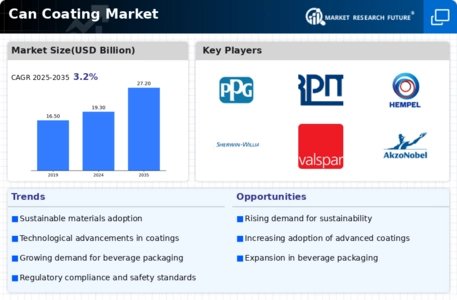
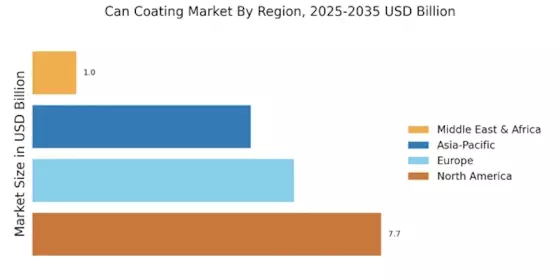
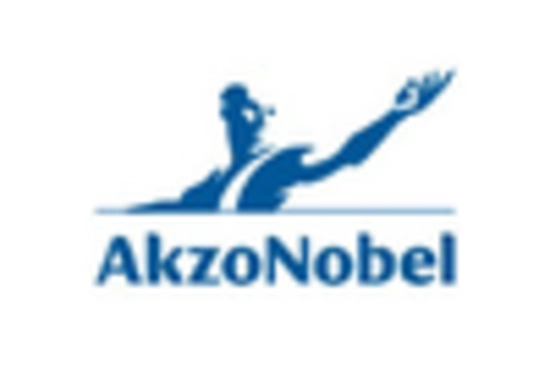


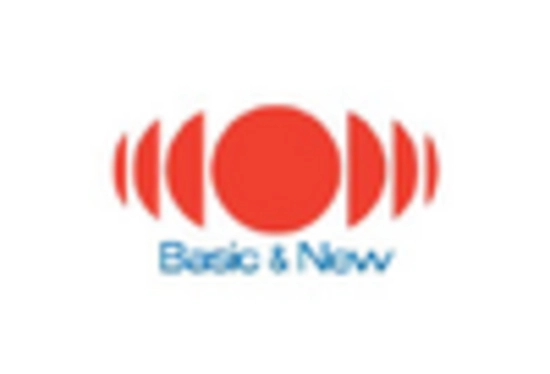

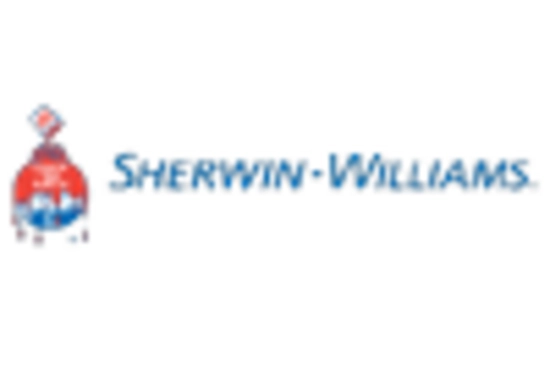








Leave a Comment